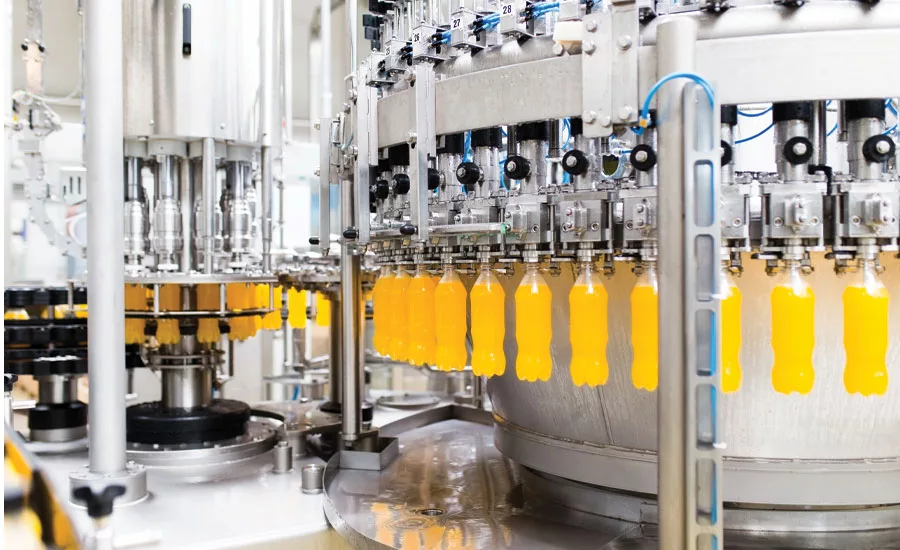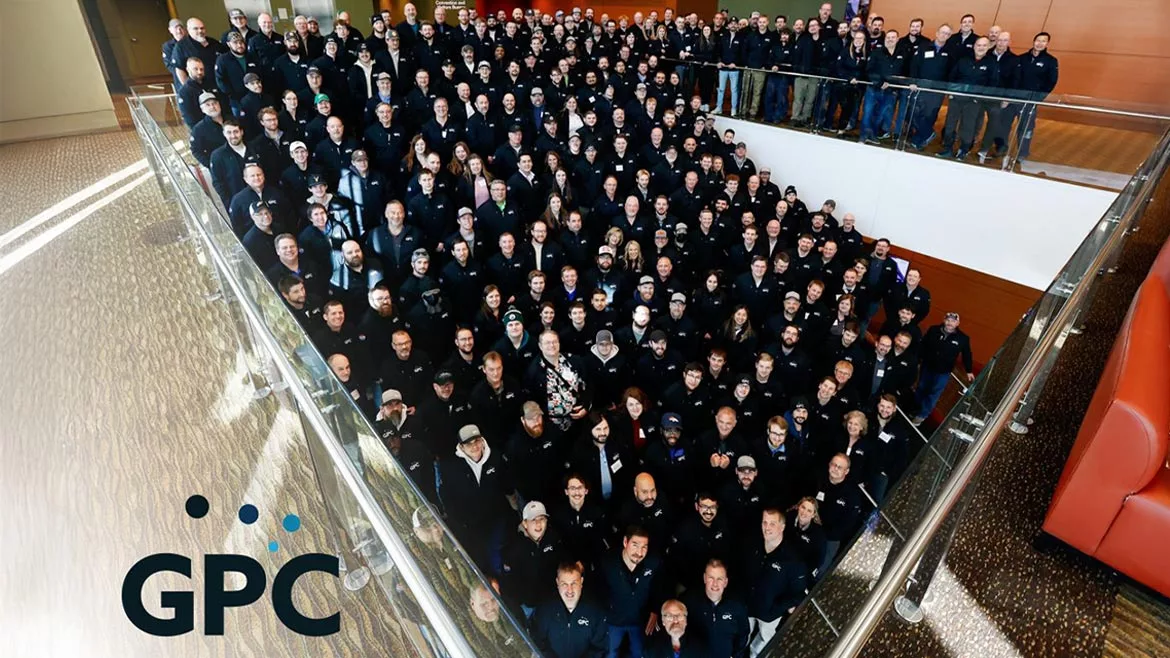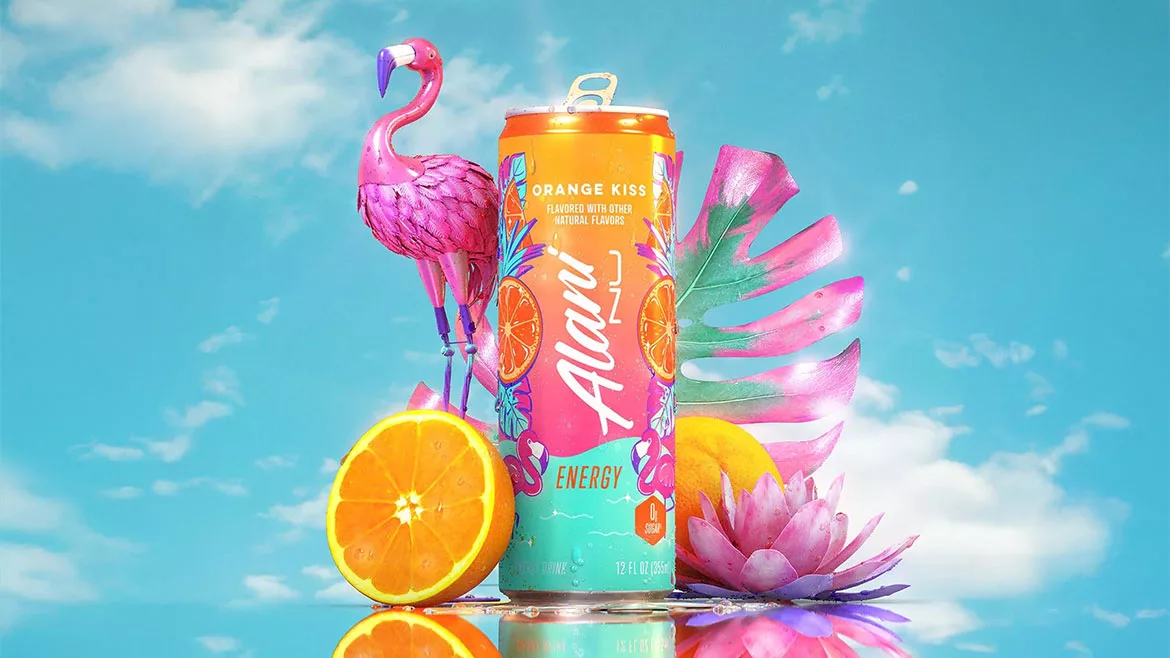Market Insights
Advanced disinfection furthers plant sanitization efficiency
Water efficiency, food safety top goals of beverage plants

Now more than ever, particularly in the midst of COVID-19, the beverage industry faces important production, economic, market and environmental challenges. With new risks and operational costs on the rise, facility operators are under increasing pressures for greater performance, efficiency and ever higher levels of security and safety. Corporate goals to address water usage, multi-tiered sanitizing solutions and sustainability present new operational challenges. In addition, consumer and operational concerns regarding plant and food safety require increasingly stringent and vigilant plant sanitation practices.
The following are several “best practices” for beverage plant operators to be mindful of:
Advanced Disinfection Technology
Advanced Disinfection Technology for beverage plant sanitation utilizing on-site generated ozone-injected water with ultraviolet light (UV), is a present-day tool to address today’s and tomorrow’s challenges. Advanced Disinfection can increase the efficacy of plant sanitization, while reducing sanitizing time, water consumption, energy and reliance on traditional chemical sanitizers. Such benefits improve the utilization of plant resources and labor, increasing production efficiency, plant output and ultimately profitability.
History of Ozone Technology
Ozone and UV have been used to disinfect municipal water throughout the world for more than a century. Ozone technology was also approved by the USDA for use as a disinfectant in 1996. In 1997, the FDA declared ozone to be “generally regarded as safe” (GRAS) and approved ozone for food contact in 2001. Since the 1970s, the shelf life of bottled water has been ensured through low-level dosing with ozone during bottle filling. In 2012, the International Society for Pharmaceutical Engineering (ISPE) published its Good Practice Guide: Ozone Sanitization of Pharmaceutical Water Systems guidance document. The ISPE guide was the industry’s first to look at ozone systems with UV to be a safer, more efficient and more cost-effective way to sanitize pharmaceutical water and how the technology can be incorporated into new projects and retrofitted into existing facilities. The overriding technical and engineering principals for ozone were presented in simplified form, making it easier for companies to consider the various factors when deciding to utilize ozone versus other sanitization approaches. As the awareness of the efficacy and synergistic benefits of ozone and UV grew, so has their role as a mission critical disinfection and sanitization solution in beverage, food, and pharmaceutical/personal care manufacturing.
What is Ozone?
Ozone, the tri-atomic form of oxygen (O3), is the most powerful commercially available oxidizer and disinfectant with more oxidizing potential than traditional sanitizers. In most food and beverage plant sanitation applications, ozone gas is generated on-site and dissolved into water. Dissolved ozone is applied to surfaces to disinfect and sanitize and then removed by UV when the disinfection job is complete, or allowed to decay naturally to oxygen. Dissolved ozone is typically used in low concentrations and applied for a short period of time to achieve desired results.
Ozone destroys common pathogenic organisms by oxidation, resulting in disinfection. In the oxidation reactions of a pathogen, the ozone forms free radicals which react with a pathogen’s cell membrane, resulting in cell lysis. Viruses, bacteria, fungi and other microorganisms are not resistant because the genetic material and proteins of the lysed is destroyed. Residual ozone then decomposes to divalent oxygen (O2) using UV light.
Beverage Plant Pilot Study
The sanitizing and disinfecting power of ozone has been shown to increase the efficacy and effectiveness of beverage and food plant sanitation. A pilot study was conducted in a beverage plant where an integrated ozone and UV system delivered ozone-injected water to an automated clean in place (CIP) system. Ambient temperature ozonated water coupled with UV replaced the traditional hot water and chemical sanitizer in the CIP protocol. The UV system was used to eliminate the dissolved ozone at the end of the sanitizing cycle, quickly returning the line back to production. Microbiological tests for a three-step ozone-CIP process was at 97 percent negative vs. 81 percent negative for a traditional five-step hot CIP protocol.
The Sanitizing and Disinfecting Power of Ozone Coupled with UV Technology
Ozone coupled with UV offers enhanced sanitation while using less energy than traditional methods. Ozone is stable and effective at lower temperatures. This property allows ozonated water to be applied at lower temperatures, effectively replacing hot water, steam and chemical treatments. Typical ambient water temperatures (60-75 degrees F) are ideal for ozone sanitation. The net effect has significant time and energy savings resulting in more productivity and a smaller carbon footprint. For example, in the pilot study, sanitization time was reduced significantly. Doing so increased production time and yielded annual energy savings.
Ozone sanitization can also be generated on-site and reduce the chemical requirement of beverage plants, ultimately minimizing the reliance and consumption of some traditional sanitation chemicals and reduce chemical discharges. Chemical supply chains may at times be disrupted. In contrast an ozone sanitation solution produces disinfectant on site and will not be adversely affected. Treating wastewater with ozone can also be used to oxidize contaminants and thereby decrease chemical and biological oxygen demand.
Ozone based sanitization serves as a sustainable solution, reducing water consumption by effectively rinsing and disinfecting in one step, without flavor carryover or residual chemical tastes and odors. In ozone-driven CIP (O3 clean-in-place) systems, typically one or two rinse steps can be eliminated from the CIP protocol process because UV rapidly destroys any residual dissolved ozone.
Any residual dissolved ozone is neutralized by exposing it to (UV). The ability to “turn-off” ozone with UV saves time and water, decreasing both by as much as 40 percent. Tastes, odors, and colors of preceding products and chemical sanitizers are also effectively eliminated by ozone sanitation, removing any chance of the final product being altered by the sanitization process. After oxidation, residual ozone reacts to form divalent oxygen (O2) with no aftertaste or odor.
Increasing Production Efficiencies While Improving Food Safety
In the pilot study the CIP run time was reduced significantly, in some cases saving two hours per sanitization that can now be utilized towards production. With significant reductions in sanitation process times, the elimination of CIP temperature ramp-up periods and multiple rinsing cycles, line utilization and plant productivity increased – creating more output from existing production lines.
When all of the benefits are taken into consideration, it is clear that Advanced Disinfection Technology processes with ozone and UV hold tremendous potential to increase production efficiency, provide on-site generated sanitization capabilities and become a truly sustainable sanitization solution for beverage plants. Ozone and UV are powerful keys to unlocking increased production capacity and plant efficiency, while improving food safety.
Looking for a reprint of this article?
From high-res PDFs to custom plaques, order your copy today!



